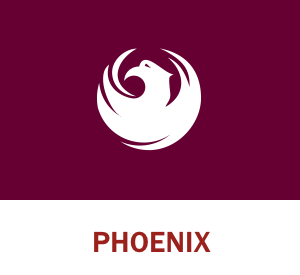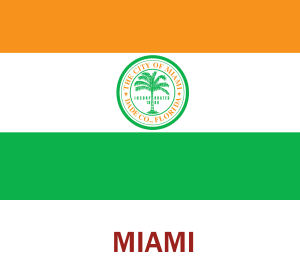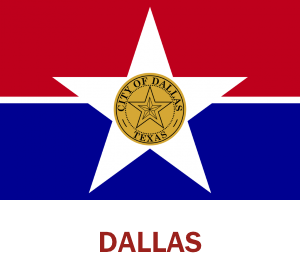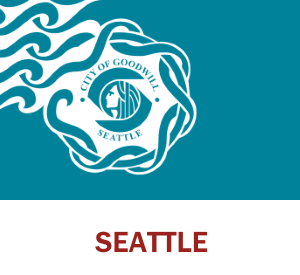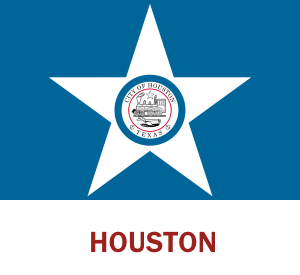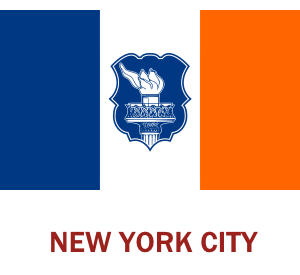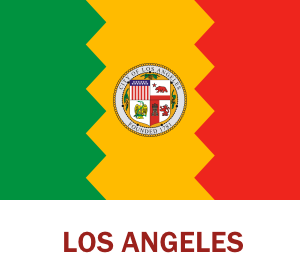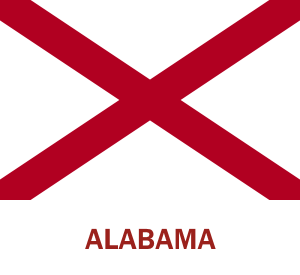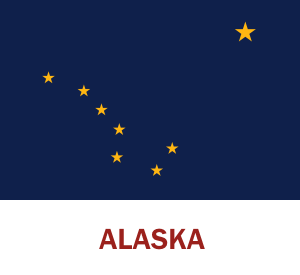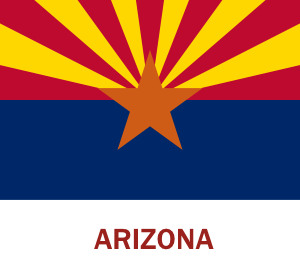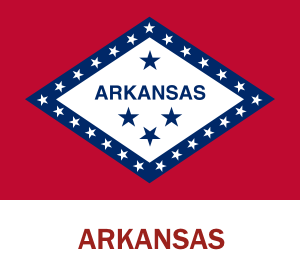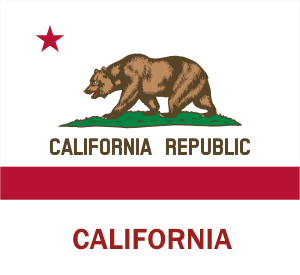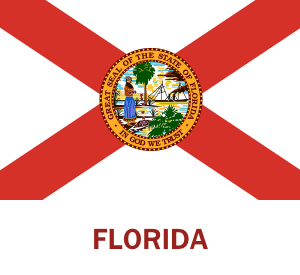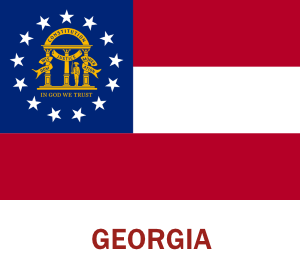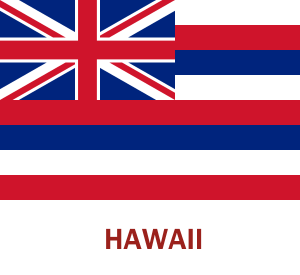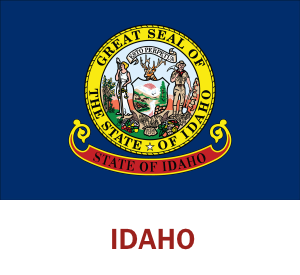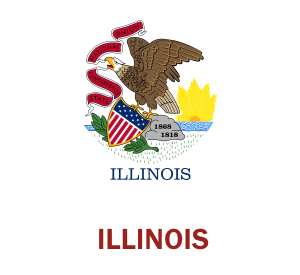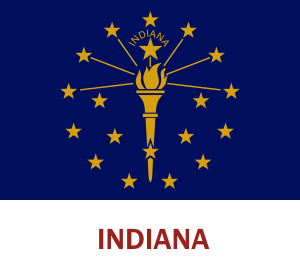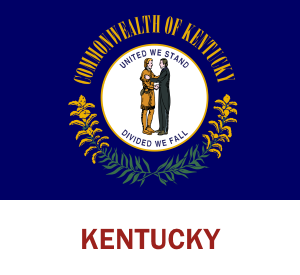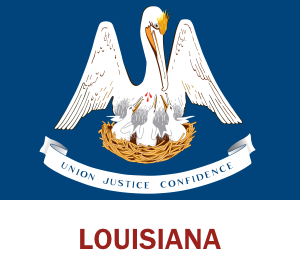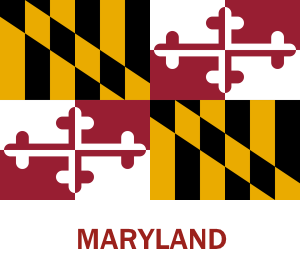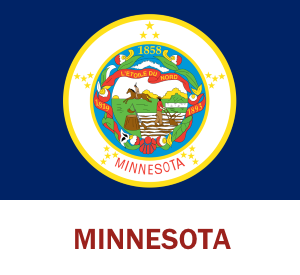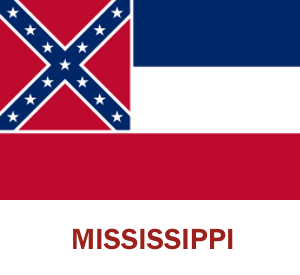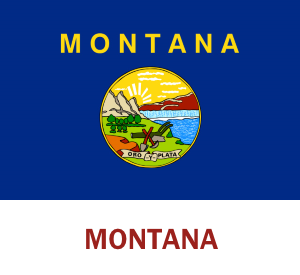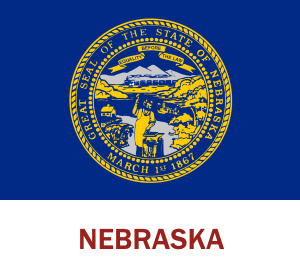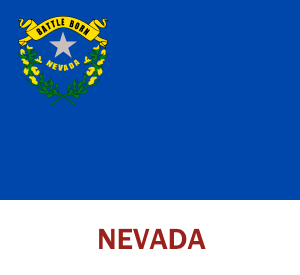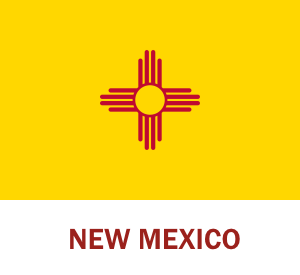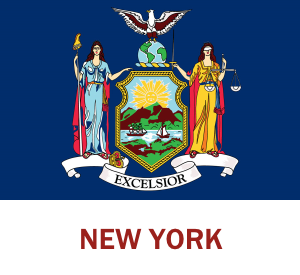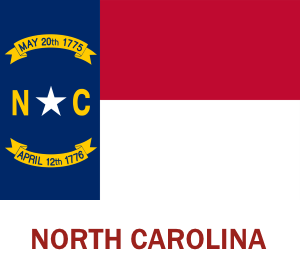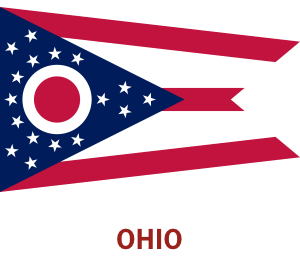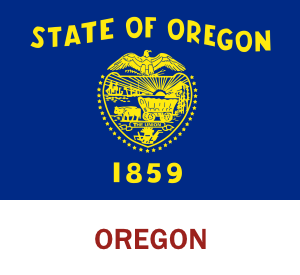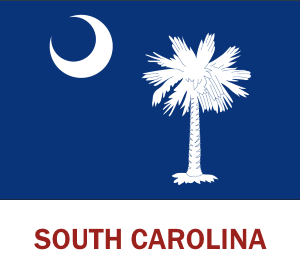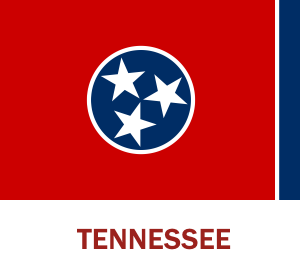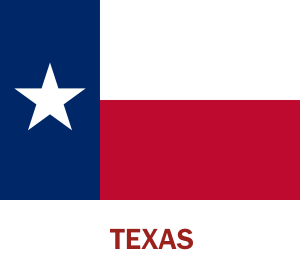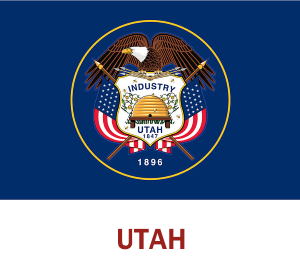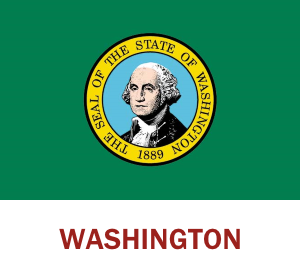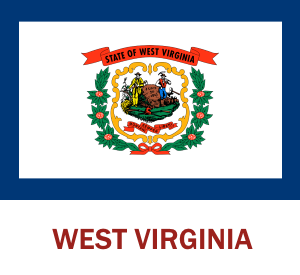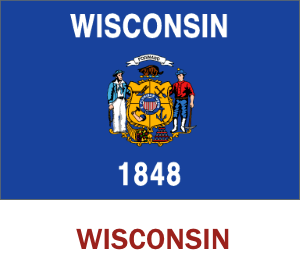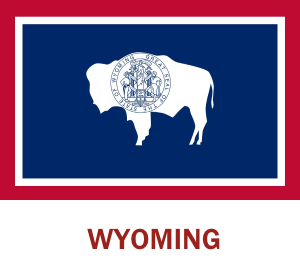Internet in the United States
According to Akamai’s Q3 2015 rankings, the United States has an average connection speed of 12.6 Mbps and an average peak connection speed of 57.3 Mbps.
According to the 2010 census, there are approximately 310 million documented people currently living in the United States. As of 2015, 75% are connected to the Internet, and this percentage is bound to increase considerably in the next few years.
Access to the Internet in the United States primarily consists of dial-up and broadband connections. Dial-up refers to a connection to the Internet made through a phone line, which creates a semi-permanent link to the Internet. Since the connection is made on a single channel, the connection is also slow. On the other hand, broadband access refers to an “always on” connection made through the phone line, but without the need to dial and hang up. In other words, it does not monopolize phone lines as dial-up connections do, resulting in faster and more reliable access to the Internet.
Dial-up used to be the primary method of connecting to the Internet worldwide, but nowadays has become obsolete and decommissioned in the entire world, except for a few countries, including the United States. Even though the percentage of adults still using dial-up is very low in the United States (3% and going down), this is not because everyone else has switched to broadband access, but rather because, due to lack of infrastructure in some rural areas, people are forced to go for dial-up. High cost for broadband access is also one of the reasons cited by those who are not connected to the Internet.
Broadband access in the US can be primarily divided into ADSL, cable and satellite Internet access, along with mobile broadband (for mobile users). The FCC (Federal Communications Service) defines broadband as any connection with a download speed of at least 25 Mbps and an upload speed of at least 3 Mbps.
Considering that the United States is currently the first economy in the world and is likely to maintain its position for the foreseeable future, there have been a lot of debates and questions revolving around the reason this country does not rank among the top in the world in terms of Internet Speeds. The current “incumbent” is South Korea, which has an average connection speed of 20.5 Mbps and an average peak connection speed of 86.6 Mbps. However, the US has a GDP of $18 trillion, while South Korea lags behind with only $1.38 trillion. The US is also one of the leading nations of technology in the world, while South Korea does not benefit from the same kind of reputation.
However, it does not all boil down to economic power and technology reputation, but rather to how the technology has evolved over the course of time. In the US, ADSL and cable connections are both leveraged technologies, using older network infrastructure to deliver broadband service. For cable, DOCSIS is adopted to reuse Hybrid fiber-coaxial network that cable companies had been using for decades to deliver video services. For ADSL, Plain old telephone service network is used to achieve the same results.
Putting it simply, since the United States built up the Internet first, the pipes and networking that make up the Internet are very old. Replacing the existing infrastructure with newer one is not only cost prohibitive (both from the perspective of acquiring the necessary material and replacing the existing one), but also time-demanding, and would not benefit ISPs in the long run whatsoever. If the infrastructure is revamped and speeds go up, ISPs will have to decrease their prices considerably since that will absolutely create competition, which is what they are trying to avoid in the first place.
According to latest data published by Numbeo, a subscription to the Internet comprising 10 Mbps, with unlimited data, on either Cable or ADSL technology costs a whopping $53 per month. Considering the facts we covered above and the current state of the Internet in pretty much anywhere else in the world, this price is definitely inflated. Seeing how things evolve in terms of infrastructure advancement, this cost is bound to remain the same for the foreseeable future.
Colocation Datacenters in the United States
Currently, there are a total of 1673 colocation centers spread across 49 states in the US. Out of these states, Texas alone hosts 170 centers distributed across 17 areas or cities, 81 being concentrated in Dallas. Other states which host a considerable number of datacenters include Washington (57), California (225), Minnesota (32), Illinois (86), Georgia (42), Arizona (41), and New Jersey (57).
Colocation refers to the leasing of space, power and bandwidth to clients housing their IT infrastructure within a secure, third party datacenter facility. As opposed to in-house datacenters, colocation datacenters offer a plethora of benefits to customers, including scalability, continuity, security and compliance. All colocation datacenters provide redundancies, physical security and high-performance power, state-of-the-art cooling systems, topped off with 24/7 onsite security personnel. It goes without saying that these facilities are designed with efficiency and performance in mind, from the raised floor which is there to deliver cool air, to the white rooftops which directly reflect the sunlight.
Colocation facilities flourish because it is less expensive for customers to opt for such services than operate their own datacenter. The need to upgrade (meaning more costs), manage and maintain it themselves does not appeal to many, and rightfully so, since this need can be easily outsourced to other companies for a fraction of the price that you would normally incur. That is, datacenter colocation providers.
Given the fact that the datacenter landscape changes very rapidly, and that demand for colocation services is ever-increasing owing to the advantages that we presented above, companies are constantly thinking of ways to increase speeds and improve their reliability. In this respect, fiber cabling is considered more and more, data rates of 10 Gbps and above now being commonplace in virtually any professional datacenter, easily exceeding the capability of electrical interconnects on copper cabling. Generally, there are two main types of optical fiber used in datacenters: Multimode Optical Fiber (MMF) and Single Mode Optical Fiber (SMF). The difference between the two is that the former is typically preferred for communication over short distances, while the other is preferred for communication over long distances, generally bridging one datacenter to another. MMF provides the lowest cost and lowest power connectivity with hassle-free handling of datacenter IT deployments for links up to 300 meters.
Let’s break down each state in order to see which cities are among the top in the datacenter market.
1. Seattle, Washington
Seattle is largely regarded as a top US datacenter owing to the big number of datacenter colocation providers concentrated locally, which provide good connectivity, inexpensive power and a favorable climate for cooling. Not only do they provide services for numerous customers located in the United States, but also for customers who come from as far as the Asia-Pacific region in order to establish a presence locally. Given the fact that there are many companies concentrated in Seattle, the market is highly divided between them, and therefore pricing is affordable, with many offers to choose from. There is also an excess supply of datacenter space, which only adds to the inexpensive pricing. Important datacenter colocation companies include: AWS Seattle, Digital Fortress, Equinix.
2. Silicon Valley, California
Everyone knows that Silicon Valley is where the most ingenious and life-changing projects are outlined, and where thousands of start-up companies come to life. Unsurprisingly, it’s also one of the prominent datacenter markets in the world. However, in recent years, tightness of the local real estate market and an ever-increasing demand in colocation space have led to an all-time low availability of service. Silicon Valley is a favorite environment for cloud infrastructure (IaaS), and enterprise software (SaaS) companies to drive demand on this market. Important datacenter colocation companies include: Equinix, Century Link, QTS.
3. Minneapolis, Minnesota
Minneapolis has recently been named the nation’s fastest growing tech market. The datacenter market’s recently exploded with demand for colocation space. Currently, the vacant space amounts to approximately 337,000 square feet (or 313,000 square meters), which has resulted in customers huddling up for a presence in the Midwest. Important datacenter names include: CenturyLink, Cologix, Cogent.
4. Chicago, Illinois
Ranking as the fifth largest datacenter market in North America, boasting large power grids and buildings with solid concrete foundations, Chicago has been traditionally a hub for manufacturing and, as of late, technology. Demand for colocation services comes from 30 of the Fortune 500 companies that are located here, ISPs and big financial services companies looking for a presence in the Midwest.
5. Atlanta, Georgia
Atlanta is currently considered one of the major interconnection points on the Eastern seaboard between New York and Miami, and on to South America. Major Fortune 500 companies, ISPs and other technology companies drive demand for colocation services owing to the developed local Internet infrastructure. In fact, Atlanta ranks in the top five U.S. markets for bandwidth and state-of-the-art fiber access, having two of the country’s largest fiber routes, namely North – South and East – West, cross in metro Atlanta.
6. Dallas, Texas
Dallas has become a very attractive datacenter market in recent years due to the large access to a highly-developed infrastructure of fiber networks and electric power grids. Tax breaks and relatively inexpensive power are only two of the many favorable causes that have paved the way for the advent of the many datacenters that we see emerging. Top clients include financial, energy, technology and ISP companies looking for a presence in the state which attracts billions of dollars of investment in top-notch datacenters.
7. Phoenix, Arizona
Similar to Chicago, Phoenix has also been traditionally a hub for manufacturing, technology and financial institutions. Currently, the local datacenter market is the second largest multi-tenant in the entire US and probably one of the most active leasing markets on a global scale. As opposed to the highly expensive market proposed by California’s Silicon Valley and not only, Phoenix’s market offers great colocation service quality for a fraction of the price, mainly due to moderate electricity and build costs, and significantly lower tax, it being regarded as an attractive alternative to the aforementioned markets.
8. Newark, New Jersey
Newark easily ranks among the top datacenter markets in the United States owing to the number of financial, healthcare and enterprise customers with headquarters, branches or primary offices in Northern New Jersey, as well as customers who are in need of proximity to New York but who can’t actually afford being collocated there. As opposed to the thriving real estate industry in other states such as Texas, New Jersey still lags behind, which means that currently no new datacenters are being built or existing ones expanded, which could explain the temporary constrained availability of datacenter space.
9. Austin, Texas
Austin has a very advanced telecom infrastructure, and is a very popular destination for renowned companies such as AMD, IBM, Cisco, Citigroup, Dell, HP, Home Depot, Intel or Oracle mainly due to the favorable geographical location of the city, namely the central time zone, which has a very low risk for natural disasters. In recent years, the infrastructure has also had the tendency of orientating itself towards green energy, in which several million dollars have been invested.
Web Hosting in the United States
In spite of the relatively obsolete infrastructure used in the US, the local web hosting industry is very prosperous. The United States is one of the favorite hosting destinations that international customers opt for, primarily owing to the plethora of hosting providers available to choose from, the attractive pricing offered by each, and the undeniable reliability and quality of service. It is also a favorite destination because the most important names in the industry, such as GoDaddy, HostGator, iPower and HostDime, have their primary servers located in the US, where clients are usually assigned to.
By analyzing some of the prominent companies on the web hosting market, we have determined that costs for core services such as Shared, VPS and Dedicated Hosting are affordable and provide a lot of features, benefits and bonuses. For the aforementioned services, fees for basic subscriptions usually start at $5, $25 and $100 per month – obviously, final cost varies depending on the company of your choice. The market seems to abound with resellers, too, although the companies in question do not explicitly state whether they are indeed resellers.
Owing to the fact that the United States is home to a very prosperous web hosting industry, thousands of small-sized hosting companies come on the market annually, in order to try to compete with the industry giants. Multiple sources, such as WebHosting.info Global Stats, list roughly 17,000 hosting companies that currently operate in the United States. However, only companies that reach a certain annual revenue are actually put on the respective lists (typically, $xx,xxx revenues are considered), so – potentially numerous – smaller companies are put aside. Another flaw of these lists is that subsidiary brands of parent companies are also mentioned. For example, Endurance International Group, the biggest hosting provider in the United States, is known to have bought out much of the competition and turned it in its own subsidiaries, all of which are mentioned on these lists without exceptions. Obviously, this means that accuracy of the number of actual independent hosts is not exactly pinpoint.
However, other sources, such as Mass-Market Hosting – Fall 2012 Report, mention only 64 “key” hosting providers, both public and private. The significant discrepancy in numbers lies on the fact that these sources list only companies which have annual revenues of $20 million or more per year. This solves the issue of subsidiary brands being mentioned, but it goes without saying that not all “independent” companies have this much yearly revenue. Regardless of sources, it is generally believed that there are more than ten thousand hosting companies in the United States, comprising independent and subsidiary companies alike.
Below you can find some of the most important characteristics of the Internet in the United States
1. Industry belongs to the private sector
There are a few ISPs that pull all the strings in the US, namely Comcast, Charter, AT&T, Verizon, CenturyLink, Cox, Frontier, etc. Owing to the 1996 Telecommunications Act, which did not foresee the growth of the Internet, cable and telecom companies, like those mentioned above, are allowed to divide markets and merge their way to monopoly. It’s one of the primary reasons everyone in the United States complains about poor and expensive Internet services, abusive contractual terms, etc.
2. High costs for Internet subscriptions
In most of the Eastern Europe, prices for a basic subscription to the Internet do not exceed $15 per month. In the United States, the cost for the same kind of service goes well over $50 per month, and even more if the client opts for faster and more reliable Internet packages.
3. Great datacenter market
Virtually every reputed company in the world has or has had servers hosted in one of the prominent datacenter companies located in the United States. Affordable pricing, overall reliability and quality of service, as well as popularity of the market are only some of the reasons small, medium and large-sized companies of all kind host their servers locally.
4. Stern copyright laws
The United States is the creator and promoter of the notorious DMCA law, which is one of the sternest online copyright laws in the entire world. Web hosting providers located in the US abide strictly by this law, and any violation results in immediate takedown of your website, if caught. In most cases, you may not relaunch your website.
However, it should not be believed that the DMCA is the strictest and most punitive copyright law in the world. In Japan, for example, criminal penalties are applied to copyright felons, which is not the case with the DMCA law.
5. Prosperous web hosting industry
In spite of the “fear-inducing” DMCA law, the number of clients that opt for services provided by American hosting companies only keeps on increasing. On the one hand, this happens because some of the biggest names in the industry are located in the United States, such as Endurance International Group, GoDaddy and Wix. On the other hand, the industry gaining so much reputation on an international scale has only led to customers hopping on the bandwagon, without actually checking on the state of the industry, which is a normal tendency.
Here you’ll find the largest list with United States hosting reviews. We’ve listed all US hosting providers with our UNCENSORED review and that of users.


